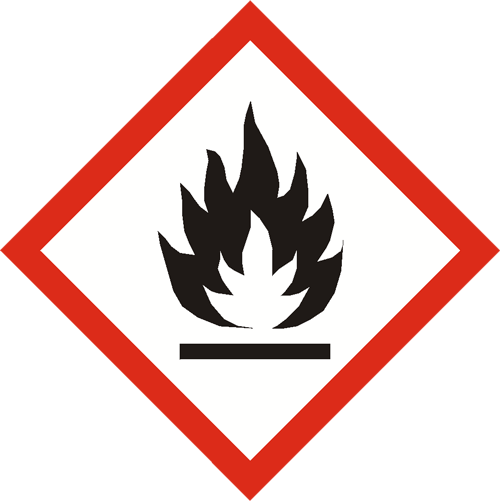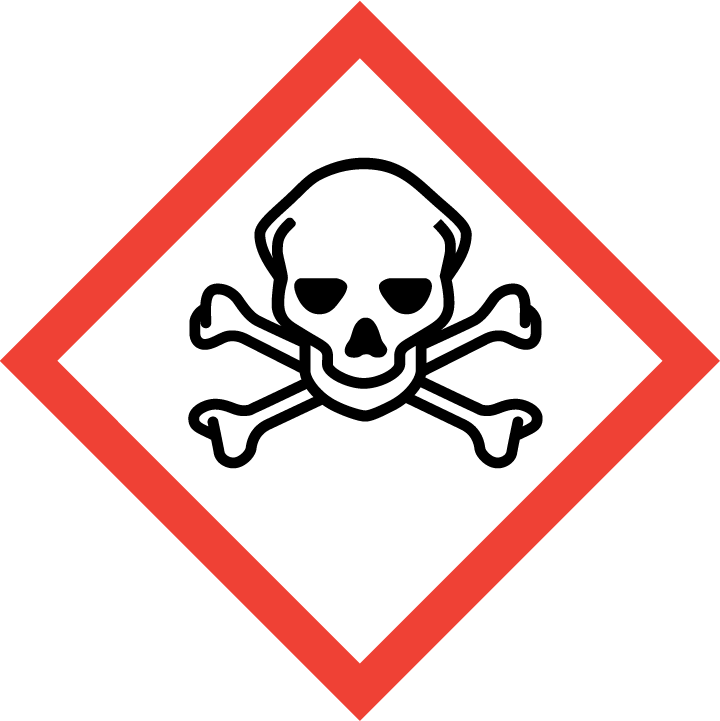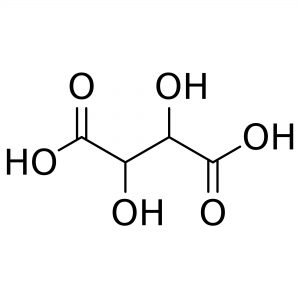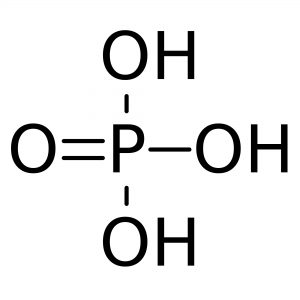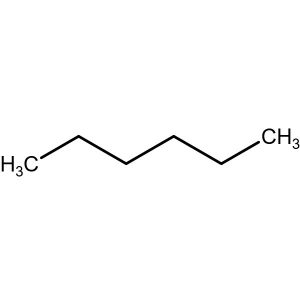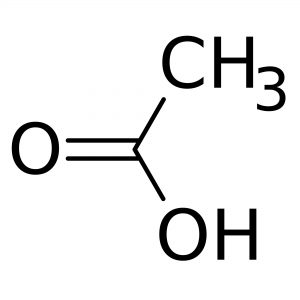Technical Methanol CAS No 67-56-1
Technical methanol [67-56-1] appears as a colourless, fairly volatile liquid with an odour similar to ethanol . It is completely miscible with water. The vapour is slightly heavier than air and can travel some distance from the ignition source and backfire. Any accumulation of vapour in confined spaces, such as buildings or sewers, can lead to an explosion if ignited. It is used in the manufacture of chemicals, to remove water from automotive and aviation fuels, as a solvent for paints and plastics and as an ingredient in a wide range of products. Methanol is a primary alcohol, which is the simplest aliphatic alcohol, consisting of a methyl group and an alcohol group. It acts as an amphiprotic solvent, a fuel.
Melting point: – 97,8˚C
Boiling point: 64,7˚C
Molecular weight: 32.04 g/mol
Chemical formula: CH3OH
CAS number: 67-56-1
Methanol, also known as methyl alcohol, is a very versatile chemical compound, widely used for industrial purposes and common in our daily lives. Its efficiency as an energy carrier has meant that it is increasingly used as a fuel for factories and to generate electricity. The potential offered by methanol as an environmentally friendly fuel source is enormous and demand is growing worldwide as a promising resource for a new era of clean energy.
Hazard pictograms
Hazardous chemical and mixture labels that are part of the Globally Harmonised System of Classification and Labelling of Chemicals (GHS). The pictograms recommended by the GHS are in the shape of a square set on top. They should contain a black symbol on a white background with a red border.
Priority rules to be observed in relation to the labelling of substances:
– skull and crossed tibias, there should not be an exclamation mark pictogram in addition.
– corrosive, an exclamation point pictogram should not additionally appear when it is related to eye or skin irritation.
– health hazard, indicating respiratory sensitisation, an exclamation point should not additionally be placed where it concerns skin sensitisation or eye or skin irritation.
Source: GHS pictograms




![Thinner Plus Base Solvent Metanol techniczny [67-56-1]](https://vichemic.pl/wp-content/uploads/2020/11/Beczka-metalowa-TH-2165-L-z-korkiem-i-uszczelkami.jpg)
